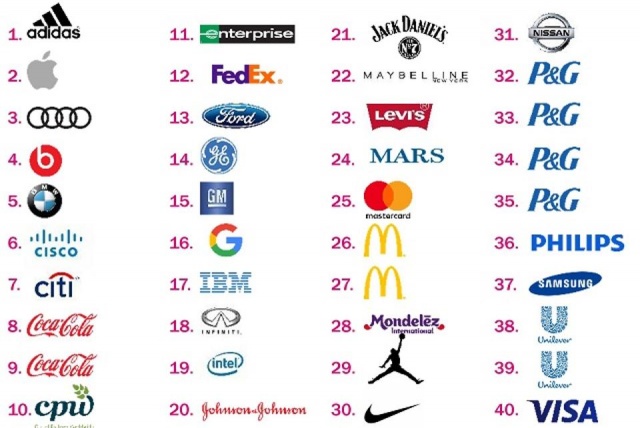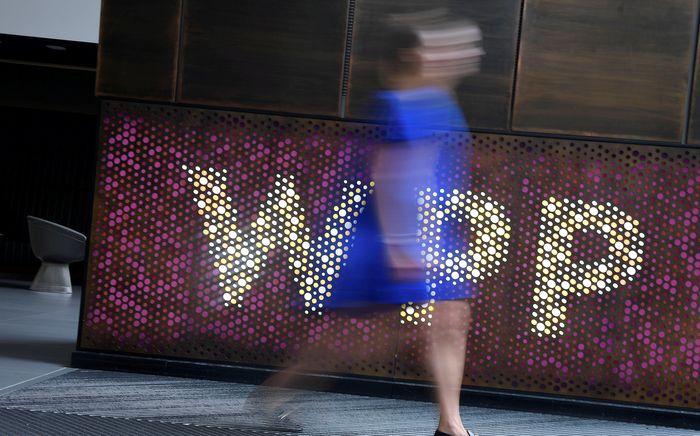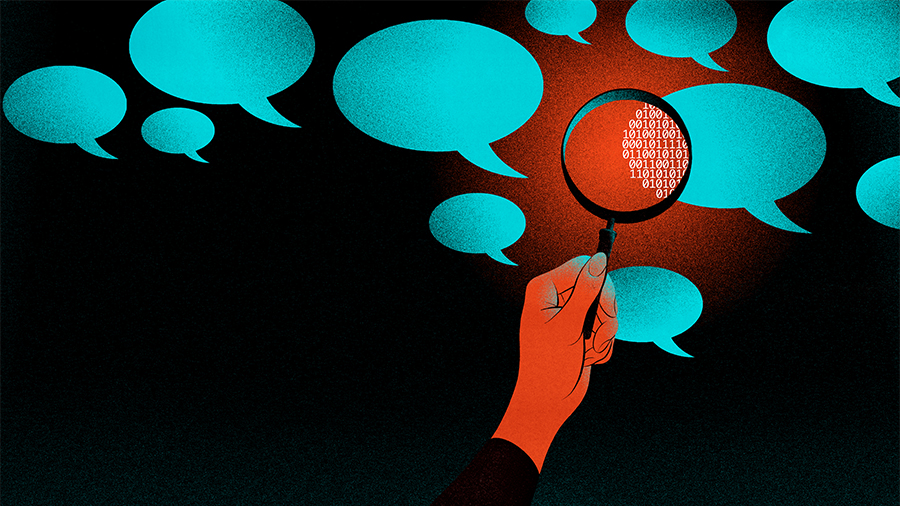Adweek dubbed it “Mediapalooza.” For many months, as if a trail of dominoes, marketer after marketer called for media reviews, in the end leaving reportedly $25 million in play.
But change had been percolating within client-agency relationships for years, of course: Fractured partnerships. Marketers taking more agency-like capabilities in house. Headlines decrying that the agency-of-record model was dead. Project-based engagements. Budgets shifting from traditional media to digital. “It’s all been driven around the word digital,” said Greg Paull, principal at R3. “Now that it’s taking up 50% of marketers’ budgets, they really want to make sure they have the optimal arrangement in place. That’s why you’re seeing a lot of these creative solutions…there’s so much pressure to justify and perform, and that’s what’s caused a lot of these reviews and that’s where we are right now.”
And morphing to stay relevant continues: Agencies as consultancies. Agencies as startup investors. Agencies as tech companies. Tech companies as agencies. Tech companies as consultancies. Consultancies as agencies. Marketers as media. And as client-side marketers struggle with getting and keeping the best talent, so, too, have agencies. “There is a real war on talent within the agencies as well,” Paull said. “They’re losing a lot of talent to Facebook, Apple and Google.”
It all has added up to lingering questions around the viability of the client-agency relationship.
Against that backdrop, marketing and agency-search consultancy R3 sought to identify the Global 40—or those 40 client-agency relationships that have stood the test of time and proven themselves to be efficient and effective. “It’s this mindset of, ‘Let’s celebrate some successes in this industry and not just pick everything apart,’” Paull said of the impetus behind the report.
In its new report, R3 researchers identify the matches that have endured: Apple and OMD. Audi and BBH. BMW and KBS. Coca-Cola and Ogilvy & Mather. FedEx and BBDO. Google and Essence. Intel and mcgarrybowen. Levi’s and FCB. MasterCard and McCann. And 32 more.

Done right, matches have unmatched power, CMOs say. “First, with nearly 20 years of history together, our longstanding relationship with McCann means they have a deep understanding of our business priorities, ensuring that our marketing efforts help drive our business along with building our brand,” said Raja Rajamannar, chief marketing and communications officer at MasterCard. “Today, we are all competing for consumers’ attention, and at the same time have only mere moments to connect with them – they are more discerning and demanding than ever before. That first brand impression must be a lasting and meaningful one. The stakes are too high to risk project-based work without that business understanding. Second, there is tremendous value in our partnership that allows us to be authentic, so that we can comfortably challenge and collaborate with each other. Over the past few years, McCann, and in particular McCann XBC, the unit they formed about five years ago in tandem with other IPG agencies like Octagon that work with us, has been an integral partner in evolving our brand strategy and Priceless platforms. It definitely takes two to tango, and to make sure that the MasterCard brand remains engaging, dynamic and relevant for consumers, issuers, and merchants around the world.
To determine the 40 best global relationships, R3 reached out to more than 50 of the world’s marketers and agencies with a call for submissions; researchers weighed more heavily work done for the world’s top 100 brands, work that had won awards, and work that yielded upticks in brand equity or financial results. And submissions were evaluated on working process as well.
So what were some of the consistencies in the top 40 client-agency relationships? For one, participants are constantly evolving the model of their relationships. They also devote much time to getting people together, either in person or via video, to collaborate. They focus on outcomes. They prioritize and invest in digital. They immerse themselves in each other’s business. And they benchmark and evaluate performance.
Of the Global 40, BBDO claims five, FCB and McCann Worldwide claim three, and Laundry Service, Ogilvy, mcgarrybowen, OMD, Publicis, TBWA and Wieden + Kennedy claim two. The average length of client-agency relationship in the Global 40? 22 years.
That said, does the length of relationships even matter anymore? “It’s still a good gauge to look at,” Paull said. “The agency roles are changing. There are [fewer and fewer] global AORs as we see it, but those that are still there are successful. It’s still a worthwhile barometer to take a look at over time. It is definitely going to decline. Marketers are just constantly under pressure to justify their investments. No one has the secret to success on social and digital. There’s a constant reconsideration of the right structure.”
R3 will repeat the report every two or three years to track change. For example, where currently a high number of agencies on the Global 40 list are creative shops, Paull expects a drop in the years ahead, especially as marketers, who begin to take digital seriously, stop buying digital “by the yard” and instead “buy it by the year”—enabling digital shops to build out a global infrastructure and have a greater shot at making it to the Global 40.
The list’s takeaway for CMOs? “There’s no magic bullet to best practice; here’s 40 difference approaches. Accept the fact that there is variation and ask, ‘What’s our process?’”
Source: Forbes





